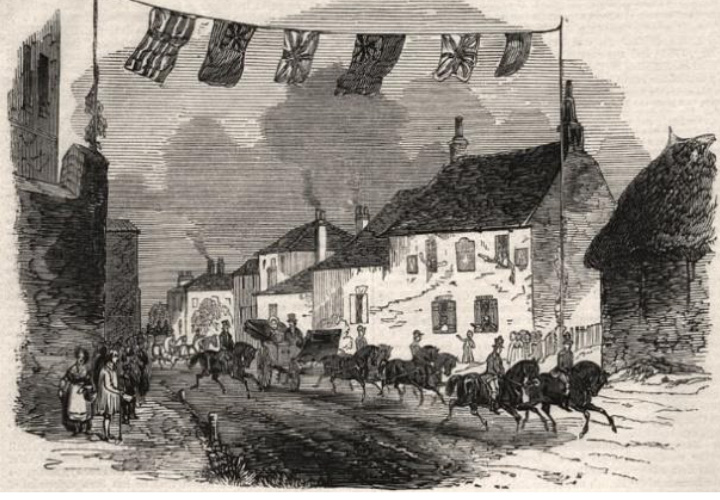
Entrance to Walmer - 1842
When France and the Holy Roman Empire became allies in 1538, Henry VIII knew that England was under threat from the combined might of Europe's foremost military powers. To counter that threat Henry built three castles, at Deal, Sandown and Walmer. Walmer Castle built in 1539, is the most southerly of the three and along with the others guaranteed a safe anchorage for ships during the 16th, 17th,18th and 19th centuries.
Walmer Castle houses a collection of memorabilia to our most famous soldier, the Duke of Wellington (of the Battle of Waterloo and the defeat of Napoleon fame). He lived at the Castle for 23 years as Lord Warden until his death in 1852. In military use until the 19th Century the Castle has beautiful formal gardens open to the public. It is the official residence of the Lord Warden of the Cinque Ports.